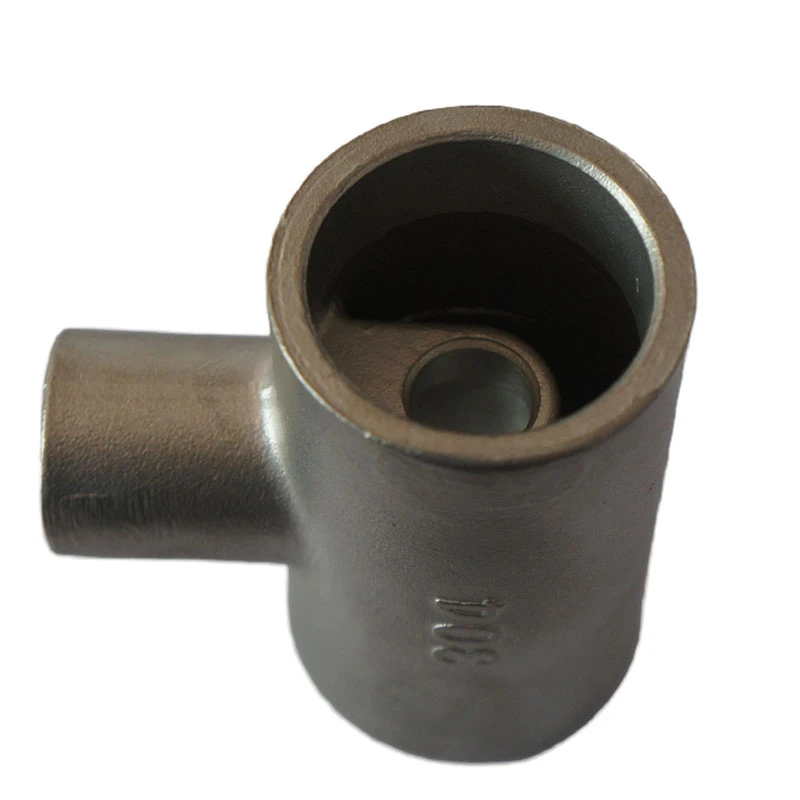what is precision metal stamping
Understanding Precision Metal Stamping
Precision metal stamping is a manufacturing process that involves shaping and forming metal sheets into specific designs or parts with high accuracy and consistency. This technique is widely utilized across various industries, including automotive, aerospace, electronics, and manufacturing, due to its ability to produce high volumes of complex components with minimal waste.
The Process of Precision Metal Stamping
The precision metal stamping process begins with the design and development of a die. A die is a specialized tool that creates the desired shape of the metal part. The design phase is critical because it must account for the properties of the material, the complexity of the part, and the tolerances required for the application.
Once the die is created, a flat metal sheet, typically made of steel or aluminum, is fed into a stamping press. The press uses significant force to push the metal into the die, shaping it into the desired form. The stamping process can include various operations such as blanking, bending, piercing, and forming. Each operation may require different dies and techniques, which can be adapted based on the part’s specifications.
Advantages of Precision Metal Stamping
The primary advantage of precision metal stamping is its ability to produce components with extremely tight tolerances. This level of precision is essential in industries like aerospace, where components must meet stringent safety and performance standards. Additionally, precision metal stamping is able to maintain consistency across large production runs. This means that thousands of identical parts can be manufactured with minimal variation, ensuring that each component meets the exact specifications required.
Another notable benefit is the efficiency of the stamping process. Unlike other metal forming techniques, such as machining, which can produce significant waste material, metal stamping is highly efficient and produces minimal scrap. This efficiency not only reduces material costs but also contributes to a more sustainable manufacturing process.
what is precision metal stamping

Furthermore, the speed of the stamping process makes it an ideal choice for large-scale productions. High-speed stamping presses can produce numerous parts per minute, dramatically increasing production rates compared to traditional metal working methods. As a result, manufacturers can meet high demand while keeping production costs in check.
Applications of Precision Metal Stamping
Precision metal stamping finds applications in numerous sectors. In the automotive industry, it is used to create components such as brackets, panels, and electrical connectors. These parts are essential for vehicle assembly and must adhere to strict quality requirements.
In the aerospace sector, precision stamping is used to manufacture components for aircraft and spacecraft, including structural parts, brackets, and interior fittings. The high level of precision required in these applications contributes to the overall safety and performance of the aircraft.
Electronics is another field where precision metal stamping is crucial. Many electronic devices require complex parts, like housings, connectors, and heat sinks, all of which can be produced efficiently through metal stamping.
Conclusion
In summary, precision metal stamping is a critical manufacturing technique that offers excellent precision, efficiency, and versatility across multiple industries. Its ability to produce high-quality components with tight tolerances makes it a preferred choice in sectors where safety and performance are paramount. As technology continues to advance, the capabilities of precision metal stamping are likely to expand further, solidifying its role in modern manufacturing and enabling innovation in product design. Whether producing parts for automobiles, aircraft, or electronic devices, precision metal stamping remains an essential process that meets the rigorous demands of today’s manufacturing landscape.
-
Precision Casting AI Solution with GPT-4-Turbo | Optimized QualityNewsAug.02,2025
-
Precision Sheet Metal Stamping Manufacturer | Fast & ReliableNewsAug.01,2025
-
OEM Sand Cast Pump Valve Fittings - Baoding Hairun Machinery And Equipment Trading Co., Ltd.NewsAug.01,2025
-
Custom OEM Impellers | High Efficiency & PrecisionNewsAug.01,2025
-
OEM Sand Cast Pump Valve Fittings - Baoding Hairun Machinery | Customization, Quality AssuranceNewsAug.01,2025
-
OEM Sand Cast Pump Valve Fittings - Baoding Hairun Machinery And Equipment Trading Co., Ltd.NewsAug.01,2025















